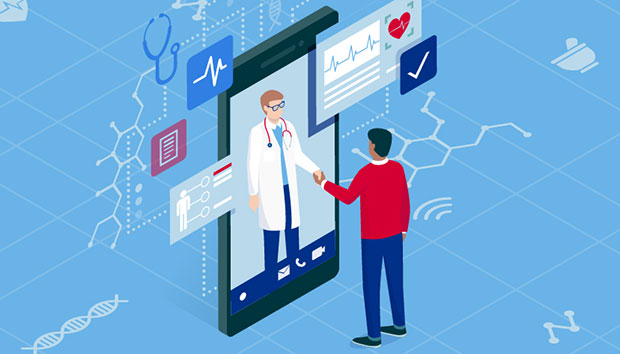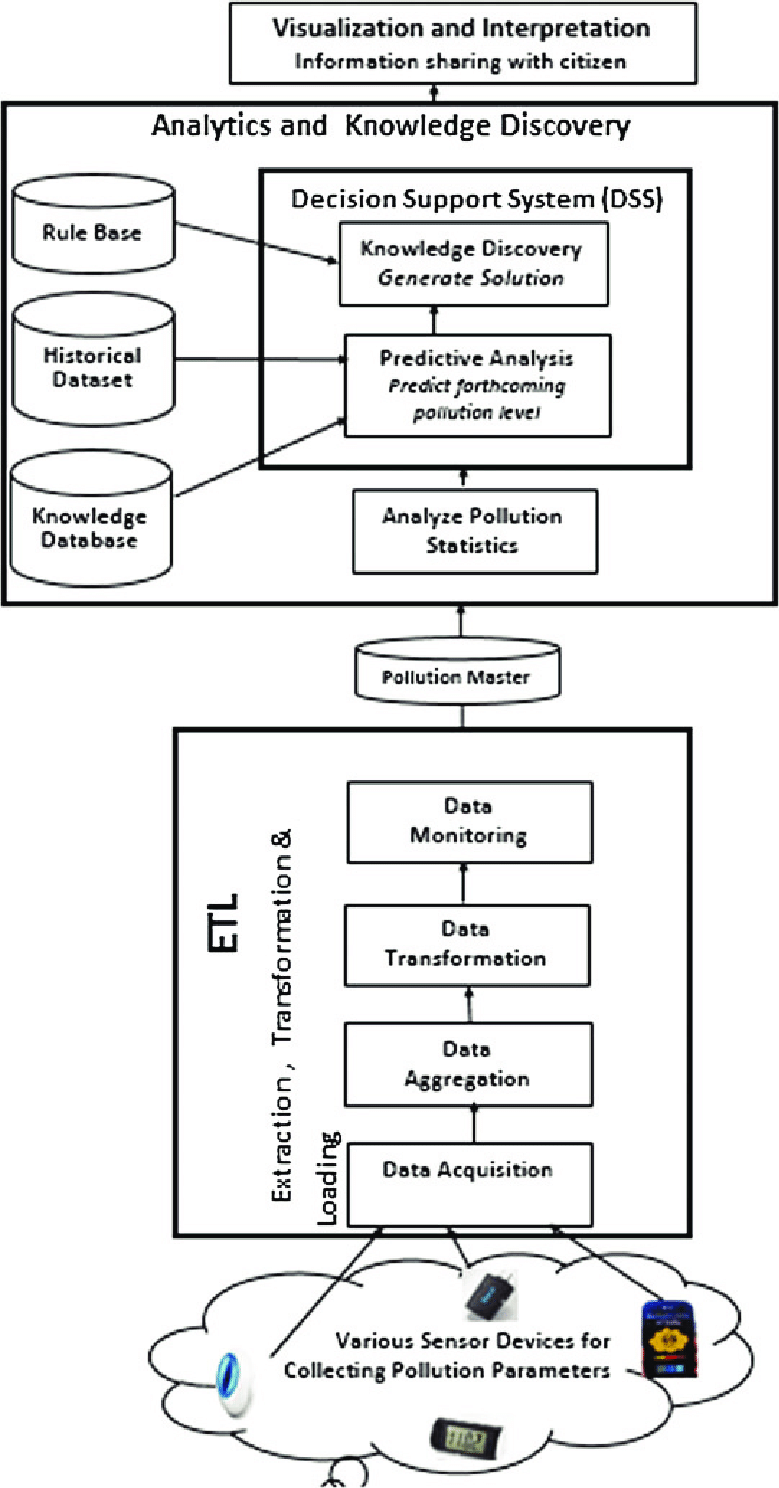Introduction
Over one million people living in the United States suffer from Parkinson’s disease – more than the number of people suffering from multiple sclerosis, muscular dystrophy, and amyotrophic lateral sclerosis combined. Parkinson’s disease is a progressive disease affecting the nervous system that leads to stiffness and slowing of movement due to nerve cells in the brain breaking off or loss of neurons. Symptoms in the early stages of the disease can include changing facial expressions, slurred or soft speech and other minor changes in the person’s ability to move normally and easily. As the disease worsens, one can develop a tremor, suffer from rigid muscles and impaired balance, and loss of automatic movements. The cause of Parkinson’s disease is unknown but early research suggests certain gene variations can increase one’s risk of having Parkinson’s, as well as the possibility that certain toxins can trigger the onset of Parkinson’s. Treatment for Parkinson’s disease is also fairly costly, and its side effects, such as decreased cognitive abilities, can often further decrease a patient’s ability to shoulder the associated costs. Clearly, there is huge importance to furthering the study of Parkinson’s disease and one of the ways to improve such studies is to use analytics tools in disease analysis.
Discussion
There are several ways in which analytics can be used to benefit those suffering from Parkinson’s disease; because the nature of the symptoms and effects of Parkinson’s is mainly physical, a lot of the metrics used in caring for patients revolve around movement. For example, activity trackers used for Parkinson’s patients include algorithms that detect abnormalities in walking patterns such as “tremor, dyskinesia, asymmetry, festination, and freezing.” These algorithms can also study the level of activity and then use this information to understand how a patient’s walking patterns and habits are changing. Tremors are a common symptom of Parkinson’s and can be observed and measured using spectral analysis; measuring Parkinson’s tremors can be helpful because such “episodes are correlated to medication intake events” and doctors can adjust medication consumption as necessary based on the observed data. Furthermore, as technology continues to evolve rapidly, patients may be able to understand and adjust their medication accordingly on their own. Finally, because many people with Parkinson’s experiences sleep disturbances such as “insomnia, periodic limb movement disorder and REM-sleep disorder,” combining a generic sleep study and fait pattern studies and applying data science tools can provide a more accurate analysis of sleeping habits for Parkinson’s patients.
Another promising step in the way of technology and analytics supporting the lives of people suffering with Parkinson’s disease can be seen in the use of wearable technology to evaluate symptoms of Parkinson’s. Intel Corporation, in partnership with the Michael J. Fox Foundation, proposed a program in 2014 to develop a wearable tracking watch that could conveniently collect and record patient information. From these records, machine learning techniques could be applied to understand and assess the progression of a patient’s symptoms and help providers adjust care management methods or medication dosages.
Conclusion
Parkinson’s disease is a condition that affects many Americans and many more across the globe. While no treatment to cure Parkinson’s exists, there are care management options available and applying data science tools to these options can significantly improve a patient’s quality of life. Additionally, the creation of tools such as smart watches can further improve the quality and quantity of data available to perform these studies.







